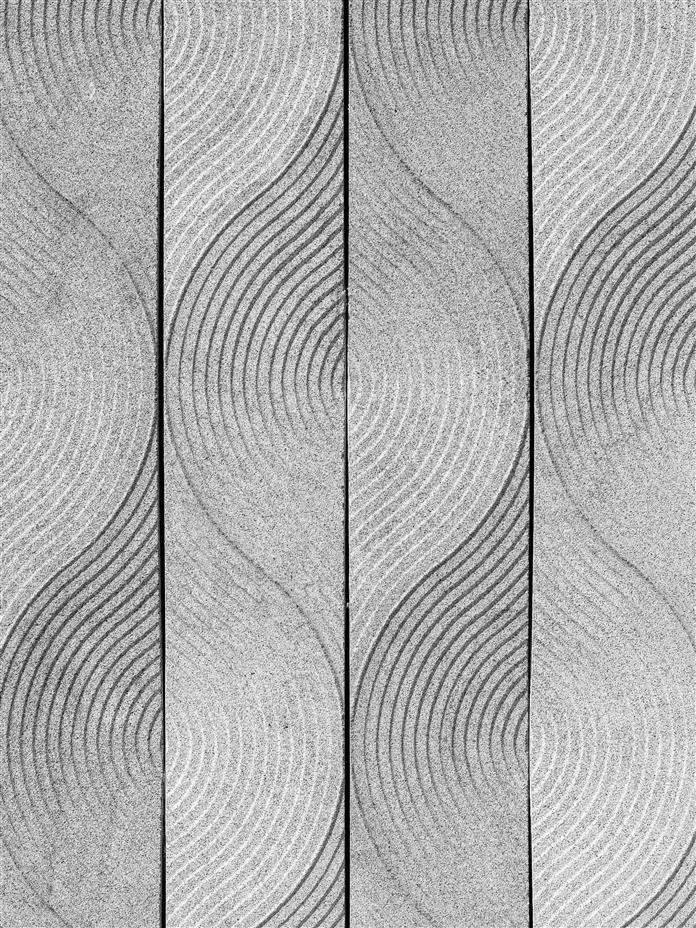
Tap to Read ➤
DO Vs. MD
Omkar Phatak


The comparison between a DO and MD, presented here, is aimed at clearing out confusion between these two different medical specialties.

The medical field has been evolving for years now, branching into diverse streams of thought, with specialties and sub-specialties arising further. Getting a medical degree and becoming a doctor is real hard work.

Four years of medical school, needs to be followed by further training in some kind of specialization. There are many branches of specialization, when it comes to choosing a doctoral degree program.

There are different schools of thought in medicine, which differ in their approach to curing ailments of the human body. The difference between MD and DO degrees, originates in their different approaches to medicine.

DO Vs. MD Comparison
Acronyms like MD and DO add to the confusion people have, about an increasingly jargonized medical field. MD stands for 'Doctor of Medicine', while DO stands for 'Doctor of Osteopathy Medicine'. These are 2 different licensed medical degrees, that doctors may hold. Let us look at the similarities between these 2 degrees, before going into their differences.

Doctors who eventually gain a license for a DO or MD degree, follow a similar path of education. Both must go through the same steps to become a doctor. It includes four years of pre-medical undergraduate training. This is followed by four years of medical education.

After this phase, they choose specialties. Both must clear the MCAT, to be eligible for further education. The specialty training program continues for three to seven years, after which MD candidates must take the USMLE exam, while Doctor of Osteopathy candidates take the COMLEX exam.

To be able to practice, every DO or MD candidate must clear licensing exams at the state level, in the United States of America. The prime difference lies in training and medical philosophy.

Their method of training and practice differs, although both use similar facilities and technological aids for diagnosing patient health. What differs most, is the method of treatment.
DOs or osteopathic physicians are trained according to the osteopathy philosophy, which involves treating an ailment, considering the body as a whole, rather than focusing on a specific part. They are trained in what is known as 'Osteopathic Manipulative Medicine (OMM)', which involves musculoskeletal manipulations performed on patients.
However, not all DOs may opt for osteopathic manipulations. Over the years, the training of an MD and DO has become largely similar, with prime differences being in the form of additional osteopathic manipulative medicine courses, included in a DO's curriculum.
The osteopathic philosophy focuses on musculoskeletal manipulations for cure, which is similar to chiropractic technique. An osteopath looks at the body as a connected whole of different parts and applies the 'Whole Body' approach in treatment.
On the other hand, MDs have a more localized approach in treatment of diseases. Also MD, as a degree, has a universal recognition, compared to the DO degree.
If you are planning on a medical career, you should check out the universities that offer these specialized degrees and know about the admission system to these programs.